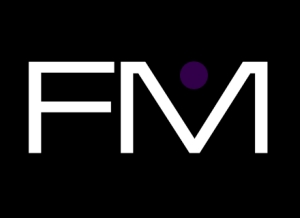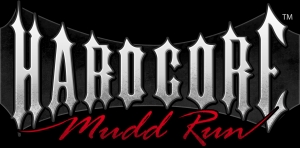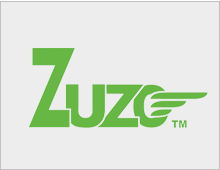Trademark Infringement
Litigation
Trademark disputes generally take the form of court cases, opposition proceedings before the United States Patent and Trademark Office (“PTO”), or administrative domain name disputes before WIPO or NAF, and may also be the subject of alternative dispute resolution. Every dispute is rooted in a competing claim to the use of the same or similar trademark in connection with the same or similar goods and services. Trademark disputes may involve anything from willful to inadvertent infringement. In the United States, registration of a trademark on the Principal Register constitutes constructive notice of trademark rights. The law imposes strict liability on even innocent infringers of registered trademarks. Because the PTO maintains a publicly searchable database of trademarks, not knowing about an existing registration is not a defense to a claim of infringement. One must exercise caution in policing trademark rights. It is possible to waive one’s right to enforce a trademark infringement claim against a third party. At the same time, the law does not generally require trademark owners to sue every possible infringer, no matter how minor the scope of the infringement.
The Lanham Act provides trademark owners with certain rights. Trademark protection is available both to common law trademark owners and registered trademark owners. Registered trademark holders, however, possess a set of additional rights, governed by statute, which include:
A presumption of validity;
Trademark rights in fifty states;
Constructive notice of trademark registration;
Treble damages for willful infringement;
Disgorgement of profits;
Attorney’s fees in an “exceptional” case; and
Incontestable status after five years with the filing of a section 15 affidavit.
In order to prevail in an action for trademark infringement, a trademark holder must establish that he or she has rights to a valid trademark, that the infringing trademark is being used in commerce, and that there is a likelihood of confusion between the two marks. Even establishing what constitutes a trademark use can be difficult for courts to determine in the Internet age, where courts have grappled with the use of trademarks in meta tags, pop-up advertising, and keyword bidding.
Establishing that an alleged infringer is making a trademark use is just the start of the inquiry. Courts will then determine whether there is a likelihood of confusion between the two marks. In making that determination, Courts evaluate a number of factors, which vary by jurisdiction, but which include the similarity of the marks, the strength of the marks, the channels of trade in which the parties do business, consumer sophistication, whether there has been actual confusion, and whether there was a bad faith intent to infringe. Deciding when to file an action and what action to take should ideally be done in consultation with a trademark attorney.
Contact us to get started.
Attorney consultation requests can be submitted by filling this form. One of our trademark attorneys will respond to inquiries directly. You may also call us at (212) 967-1350.
“ The trademark attorneys at Lewis & Lin are responsive, easy to work with, and fair! ”
— Harvey Moscot (CEO), Moscot NYC





























